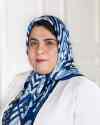A story of grief, anger, shock
Iranian Community of Manitoba honours jet-crash victims
Advertisement
Read this article for free:
or
Already have an account? Log in here »
To continue reading, please subscribe:
Monthly Digital Subscription
$19 $0 for the first 4 weeks*
- Enjoy unlimited reading on winnipegfreepress.com
- Read the E-Edition, our digital replica newspaper
- Access News Break, our award-winning app
- Play interactive puzzles
*No charge for 4 weeks then billed as $19 every four weeks (new subscribers and qualified returning subscribers only). Cancel anytime.
Read unlimited articles for free today:
or
Already have an account? Log in here »
Hey there, time traveller!
This article was published 12/01/2020 (1763 days ago), so information in it may no longer be current.
The service is beautiful, in the way that simple things filled with love often are, and on this afternoon the Caboto Centre is overflowing. Standing-room only. Mourners filed in by the hundreds, carrying fresh flowers and baking. Candles flicker on tables, lighting photographs of the lost.
By now, Manitobans have seen all their faces, heard all their names. Of the 176 people who died when the Iranian military accidentally shot down Ukraine International Airlines Flight PS752, 138 were bound for Canada. Nine had roots in Winnipeg, and their lives trace the invisible, familial lines that bind Canada and Iran.
They were university students, professors, dedicated community volunteers, a dentist. They were a family of three: engineer Mehdi Sadeghi, his wife Bahareh Haj Esfandiari and their ebullient daughter Anisa, who was just 10 years old. They were a mother and her son: Farzaneh Naderi and 11-year-old Nozhan Sadr.
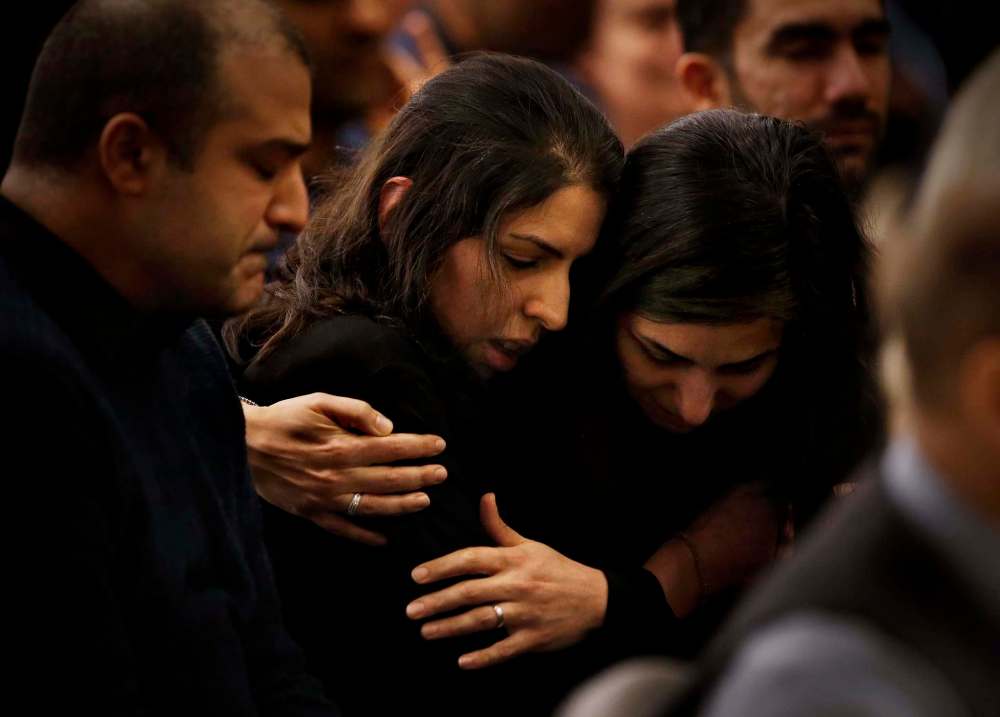
What has unfolded around their memory over the last week is a story of grief, and anger, and shock. It is also a story about community built and tended, about bonds forged through decades of hard work and resilient spirit. A story that now must speak, once again, of innocent lives caught in the crossfire of international tensions.
At the memorial service, organized by the Iranian Community of Manitoba organization, those lives are placed front and centre. One by one they are honoured, with tender speeches by loved ones or employers. From screens placed round the room beam cheerful videos of the victims, some captured just weeks before the crash.
Kourosh Doustshenas rises to the podium. It is hard for him to stand there and face everyone, he says, but he owes it to Forough Khadem to do it. For years, the Winnipeg realtor had waited patiently, hoping to meet the right person with whom to build a life; he never imagined it would be someone as brilliant, as vibrant as her.
Even the photos can’t quite capture her brightness, he says, speaking over the phone the day before the memorial. She had a way about her, a positivity that radiated in everything that she did. It is that spirit with which Doustshenas fell deeply in love; after a quiet two-year courtship, the couple had planned to marry later this year.
Khadem had come to Winnipeg in 2011 to pursue her PhD in immunology at the University of Manitoba. Once, she had been assigned to assist U of M professor Jude Uzonna at a conference in Tehran; impressed by her talent, he encouraged her to come to Manitoba to pursue her doctorate. A couple of years later, she did.
That journey was not always easy for her, Doustshenas thinks. She was a woman in science, which can present its own set of barriers. She was a newcomer to Canada who wore a hijab, which to some visibly marked her as different.
Yet somehow, Doustshenas says, these challenges never wore her down. She could talk to anyone and come away having made friends. She mingled with his colleagues at real estate functions as easily as her peers in science. And if people needed help with absolutely anything, Khadem jumped to offer assistance.
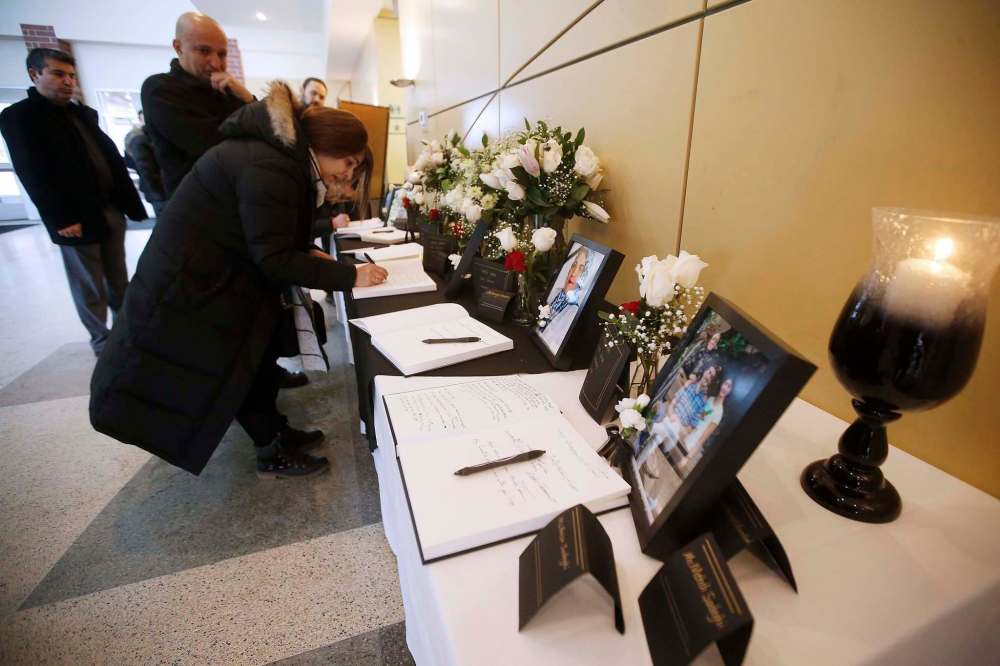
“It was the way she could reach across and talk to anyone, and not just talk to but have an impact on them, such a good impact on them,” Doustshenas says.
“To be successful despite all (challenges), and never get negative… this is a gift. It is a gift that’s not easy to have in your heart.”
In the wake of the crash, Doustshenas and other victims’ families have found some solace in fellowship. The Iranian-Canadian community here numbers at least 3,000, and it is relatively close-knit: in a culture famous for its hospitality, many know each other from various home parties and community events.
“Iranian people, they love to get together,” says Mohsen Kermani, chatting over coffee before Sunday’s memorial service. “My wife knows. Sometimes we have 50, 60, 70 people at backyard parties. There are no small groups. When Iranian people get together, it’s always at least 20 or 30 people.”
Building that up has been a work of love. It’s been 32 years since Kermani came to Canada; at the time, the Iranian-Canadian community numbered around 1,500 people, and was starting to knit itself closer together. Today, Kermani remembers selling out 200 tickets for one of their first formal events in the early 1990s.
In 2007, Kermani, Doustshenas and others helped establish the Iranian Community of Manitoba, creating a single umbrella to strengthen their presence. They instituted programs to help newcomers adjust to life in Manitoba, to preserve and celebrate Iranian culture, and to offer Persian language classes.
It was not always like this, here. Once, there were only a few intrepid newcomers, carving out a path for those who would come after. And if the tragedy of flight PS752 has sent Canada grieving, it has also put a light on the ties that bind the two nations, which ultimately resulted in so many Canadian-bound people being on that plane.
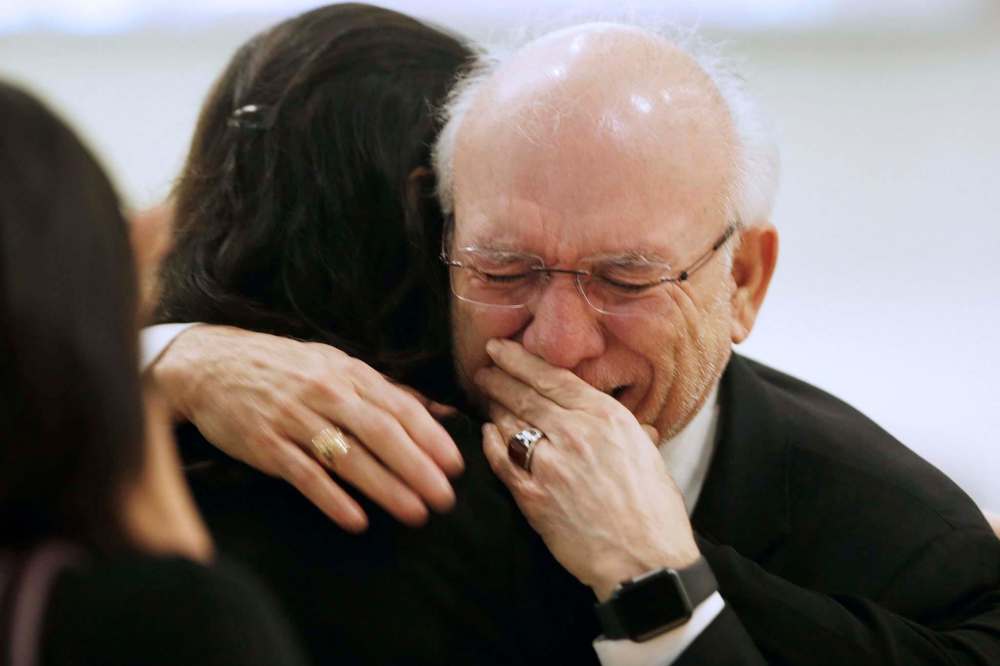
To understand those links a little better, maybe one has to go back to the beginning.
Flashback to the fall of 1964. On a plane to Canada, Lot Shafai struck up a conversation with a couple seated next to him, newlyweds flying home after a honeymoon in Europe. At the time, Shafai was learning English; he had a letter from a University of Toronto professor inviting him to study engineering, and not much else.
The couple marvelled at his plans. So Shafai had no money, they said, and didn’t speak the language, and didn’t know anybody in Canada. Wasn’t he scared?
If everyone in Canada was as nice as they were, he smiled back, then he didn’t see any reason to be frightened; besides, he was 21 years old, and ready for an adventure.
Not long before, Shafai thought he would earn his masters degree in England. But in London, he met a retired BBC pianist who suggested he’d be happier in Canada. At the time, he says, people in Iran didn’t know much about the country: there wasn’t even a direct phone connection between the two nations, and few professional ties.
To learn more Shafai went to Canada House, a historic old edifice near London’s Trafalgar Square, and poured through stacks of books about the country. He marvelled at photos of vast forests, so different from the terrain in western Iran’s Azerbaijan Province, where he’d grown up; he went to buy a ticket the same day.
When Shafai landed in Toronto there were, as far as he knows, only 35 Iranian people there. He was accepted at the U of T, where he earned his doctorate in electrical engineering. In 1969, he prepared to move his family back to Iran; but a professor urged him to stay in Canada, where he soon found a job at the U of M.

When Shafai arrived in Manitoba he knew of just two other Iranian-Canadians here, two brothers, both doctors. He began writing letters home, praising Canada, encouraging others to come. News spread quickly: one year after he arrived, three physicists from Iran contacted him, curious about bringing their research to the U of M.
Shafai, who would become one of the U of M’s most world-renowned electrical engineering scientists, gave them the same advice he told everyone from Iran that expressed interest, in those early years.
“I said ‘only come if you’re a pioneer, because you have to come and do something good for the country here,’” he says. “Those that decided to leave, they had this pioneering spirit. Maybe we got a special group of people. That’s how the North American system works. All the newcomers they come and they add to the dynamics.”
Two of those physicists stayed. Soon, more would follow: based on positive recommendations of Shafai and others, Iran became a key source of young talent coming to the U of M. Shafai himself guided at least 20 Iranian students in his program; it could be more, he says with a laugh, but he’d have to sit down and count all of them.
“Once they discovered Canada is wonderful place, they all came,” he says. “It was word of mouth.”
There is sadness in that story, too. Two of Shafai’s students, husband and wife couple Pedram Mousavi and Mojgan Daneshmand, went on to become “international superstars,” he says, world-renowned scientists at the University of Alberta. They died in the crash along with their two young daughters, Daria and Dorina.
“I am really heartbroken, even for their students, because they suddenly don’t have their thesis advisors,” Shafai says. “These professors were generating funding to pay these students, to be able to study. It’s an enormous disaster, not only for people who lost their life, but for all the people left behind.”

Now, in the wake of the PS752 tragedy, the community here is turning to those ties to help see them through. The pain of the crash is fresh, but to many here, the stress of watching difficult events unfold from afar is nothing new.
“We’ve been on an emotional roller-coaster for the longest time,” Kermani says. “Every so often, it gets to a boiling point, and we don’t know when this is going to end.”
“Unfortunately, during these times, a lot of hearts get hardened,” he continues. “We are praying for reconciliation, for peace, for forgiveness, for making this a bridge to come together to avoid and to stop things to happen such as this. It was avoidable.”
When Doustshenas came to Winnipeg in 1989, he told the crowd at Caboto Centre, he thought he’d come so far from Iran that the politics of his homeland could no longer reach him. Then came the day that missiles flew, a plane full of innocent people plunged out of the sky, and the shock waves stretched round the world.
Khadem deserved better, he says. Everyone on that plane did. And maybe as the world mourns, as communities in Canada and Iran and across the globe wrestle with the truths scattered throughout the wreckage, hope will emerge.
“Every tragedy we always say, ‘maybe there could be a silver lining,’” Doustshenas says. “Maybe a tragedy brings people closer together. Maybe they will see the humanity in each other more, whether they belong to this political view or this religion.
“If they bring a peace and trust and humanity to treat people with less suspicion and less anger, and try to be more helpful to each other, it will really really probably the best thing that can happen to the people who are involved. At least our loved ones won’t have died in vain.”
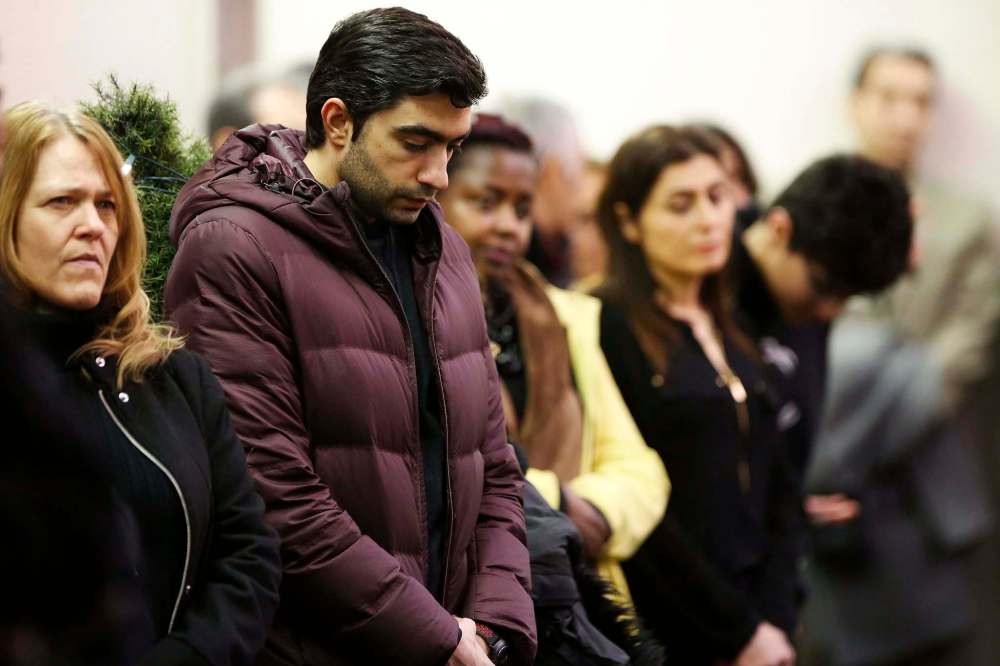
melissa.martin@freepress.mb.ca
melissa.martin@freepress.mb.ca

Melissa Martin
Reporter-at-large
Melissa Martin reports and opines for the Winnipeg Free Press.
Our newsroom depends on a growing audience of readers to power our journalism. If you are not a paid reader, please consider becoming a subscriber.
Our newsroom depends on its audience of readers to power our journalism. Thank you for your support.









